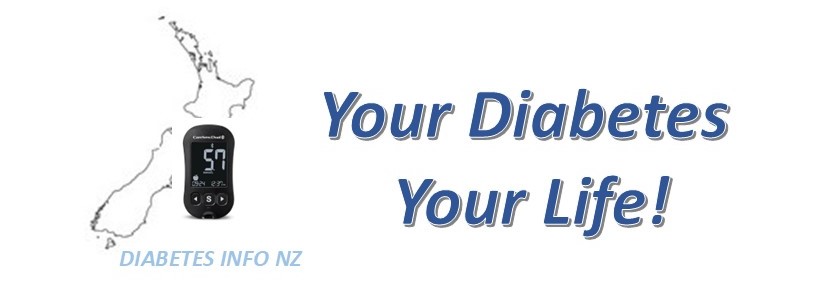Type 2 Diabetes
Type 2 diabetes is a progressive, long-term condition that affects how the body regulates blood glucose levels. It develops when the body becomes resistant to insulin and when the pancreas is unable to produce enough insulin to meet the body’s needs. Insulin is a hormone that helps move glucose from the blood into the cells for energy. Without enough insulin or when the body stops responding to it properly, glucose builds up in the bloodstream. Over time, high blood glucose levels can lead to complications affecting the heart, blood vessels, eyes, kidneys, and nerves.
Insulin Resistance
A central feature of Type 2 diabetes is insulin resistance. This means that the body’s cells—especially in muscle, fat, and liver tissue—become less responsive to insulin’s effects. As a result, the body tries to compensate by producing more insulin. For a while, this can keep blood glucose levels in check. But over time, the pancreas may become unable to keep up, and blood glucose begins to rise. This combination of insulin resistance and then declining insulin production is what causes Type 2 diabetes.
Beta-Cell Dysfunction
Over time, this increased demand on the pancreas can lead to the beta cells becoming damaged and less effective at producing insulin. This is partly due to the damaging effects of high blood glucose levels (‘glucotoxicity’) and partly due to the increased demand because of insulin resistance.
Progressive Decline in Insulin Production
As the beta cells are damaged, the pancreas’s ability to produce insulin gradually declines. This leads to a situation where the body can no longer produce enough insulin to overcome the insulin resistance, resulting in consistently high blood glucose levels.
Risk factors for Type 2 diabetes
You are more likely to develop type 2 diabetes if you
- are overweight or have obesity (especially if you carry this weight around your middle)
- are age 35 or older. Children and teens can also develop type 2 diabetes, but the risk increases as a person gets older
- have a family history of diabetes
- are of Māori, Pacific Island, South Asian or Middle Eastern descent
- are not physically active, because of physical limitations, a sedentary lifestyle, or a job that requires sitting for long periods of time
- have prediabetes
- have a history of gestational diabetes, a type of diabetes that develops during pregnancy, or gave birth to a baby weighing 9 pounds or more.
Children and teens are also at higher risk of developing type 2 diabetes if, in addition to the previous risk factors, they were born with a low birth weight or if their parent had gestational diabetes during that pregnancy.
Take the test! Diabetes New Zealand have a quick risk assessment ‘quiz’ that you can do online to help give you an indication of your risk. Answer the questions honestly!
Page updated: April 2025
Other pages in this section:
- Causes of Type 2 Diabetes
- Insulin Resistance
- Prediabetes
- Diabetes Remission
- Managing Type 2 Diabetes
- Food Choices for Type 2’s
- Weight Loss
- Medications for Type 2 Diabetes
- Blood Glucose Monitoring for Type 2’s
- Starting on Insulin
- Low Blood Glucose Levels – Hypoglycaemia
- Type 2 Diabetes in Children and Young People
